Export revenue of the two key industries, textiles and footwear, from the beginning of 2024 to September 15 reached 48.6 billion USD, an increase of nearly 4 billion USD compared to the same period last year.
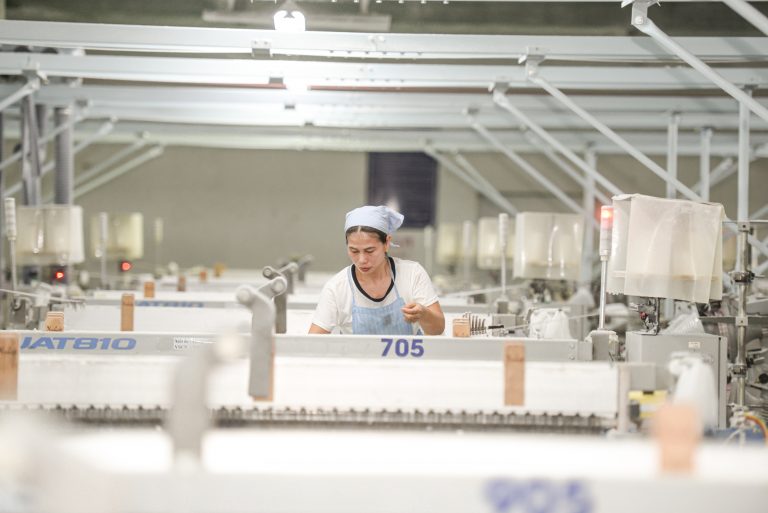 |
| Textile and footwear exports as of September 15 reached 48.6 billion USD, an increase of nearly 4 billion USD over the same period. |
Thus, compared to the same period last year, exports of the two textile and footwear industries have recovered significantly, with an increase of about 4 billion USD. In the same period last year, textile and footwear exports brought in 44.7 billion USD.
Statistics up to September 15 show that the export revenue of these two industries on September 15 reached 48.6 billion USD, of which textiles, fibers, raw materials and accessories accounted for nearly 30 billion USD, the rest was footwear and handbags.
 Textile, garment and footwear exports as of September 15 reached 48.6 billion USD. Of which:
Textile, garment and footwear exports as of September 15 reached 48.6 billion USD. Of which:Textiles: 25.567 billion USD
Fiber: $3.06 billion
Footwear: $15.537 billion
Handbags, suitcases, umbrellas: 2.87 billion USD
Textile and footwear materials: 1.54 billion USD
Source: General Department of Customs
According to the Leather, Footwear and Handbag Association (Lefaso), in the first 8 months of 2024, leather, footwear and handbag exports both grew by about 10%, and many markets are recovering.
However, according to Lefaso, the recovery has not yet returned to pre-Covid-19 pandemic levels. The major challenge for businesses at present is the shortage of labor. Along with that, production costs have increased, reducing business efficiency.
The leather and footwear industry predicts that if it maintains the current recovery rate, leather and footwear exports are expected to reach about 27 billion USD this year.
For textiles and garments, in the last two consecutive months, monthly export turnover has exceeded 4 billion USD, of which July reached 4.29 billion USD, and August reached 4.66 billion USD. With signed orders for the third quarter and orders under discussion for the fourth quarter, there are many expectations about the possibility of reaching the revenue target of 44 billion USD for the whole year of 2024.
In the context that the world's total textile and garment trade demand in 2024 will still decrease by about 3-5% compared to 2023, the 8-month export results of Vietnam's textile and garment industry are remarkable with the highest market share in the US market of up to 18.3%.
Vietnam's textile and garment industry also maintains its 2nd position in the Japanese, Chinese, Korean, and ASEAN markets, and 5th in the EU.
The major difficulty identified by textile and garment enterprises, similar to the footwear industry, is the difficulty in recruiting workers. After the 3-month closure in the South in 2021 and the production reduction in 2023, a number of workers have moved out of the textile and garment industry. However, when orders for 2024 return, garment and fiber enterprises will face great difficulties in finding and recruiting workers, even though their income has increased by 15% compared to 2022.
Vietnam Textile and Garment Group (Vinatex) calculated that the average income in the first 6 months of the year of Vinatex enterprises was about 320-380 USD/month/person, the cost for 1 worker in Vietnam was about 3 times higher than in Bangladesh, 2 times higher than in India and Cambodia.
With such a cost base, even if Vietnam's technical labor productivity is 20-30% higher than that of competing countries, its simple processing (CMT) production costs are no longer as competitive as before.
Although for many years, the textile industry has had to focus on difficult, high-quality products, small orders, and fast delivery to compete, it has also begun to reach the limit of its response capacity.
At the same time, other countries can also copy this approach to compete when the market shrinks. Typically, the men's and women's suites, which were previously the exclusive strength of Vietnam, are now also produced on a large scale in Bangladesh.
Source: https://baodautu.vn/doanh-thu-xuat-khau-da-giay-det-may-tang-them-gan-4-ty-usd-d225618.html



![[Photo] Closing of the 4th Summit of the Partnership for Green Growth and the Global Goals](https://vstatic.vietnam.vn/vietnam/resource/IMAGE/2025/4/17/c0a0df9852c84e58be0a8b939189c85a)
![[Photo] Promoting friendship, solidarity and cooperation between the armies and people of the two countries](https://vstatic.vietnam.vn/vietnam/resource/IMAGE/2025/4/17/0c4d087864f14092aed77252590b6bae)
![[Photo] Nhan Dan Newspaper announces the project "Love Vietnam so much"](https://vstatic.vietnam.vn/vietnam/resource/IMAGE/2025/4/17/362f882012d3432783fc92fab1b3e980)

![[Photo] General Secretary To Lam receives French Ambassador to Vietnam Olivier Brochet](https://vstatic.vietnam.vn/vietnam/resource/IMAGE/2025/4/17/49224f0f12e84b66a73b17eb251f7278)
![[Photo] National Assembly Chairman Tran Thanh Man meets with outstanding workers in the oil and gas industry](https://vstatic.vietnam.vn/vietnam/resource/IMAGE/2025/4/17/1d0de4026b75434ab34279624db7ee4a)


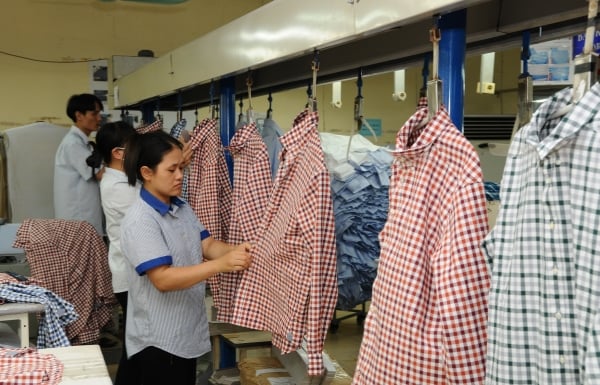
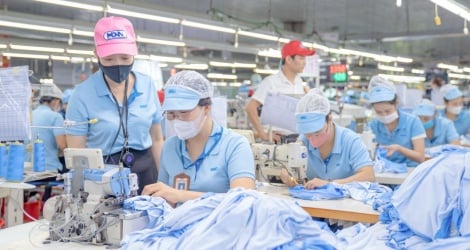
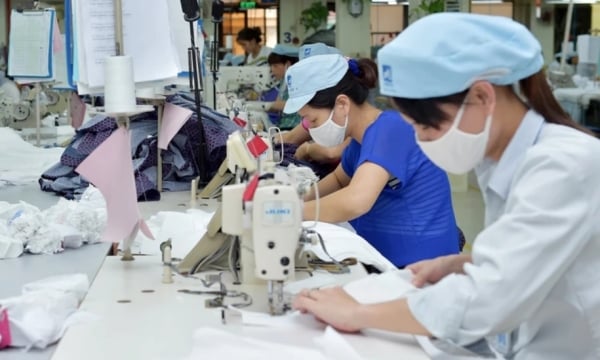

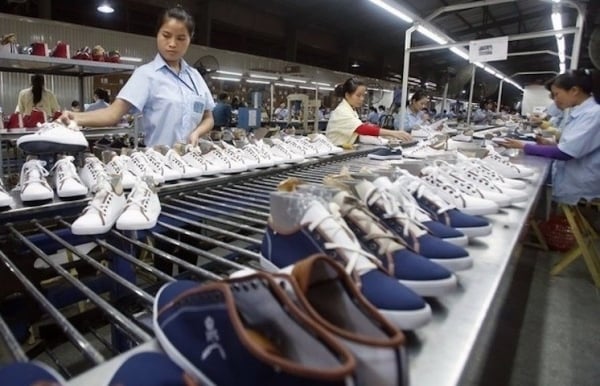



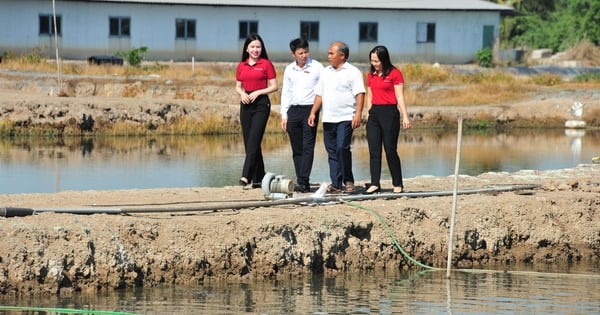









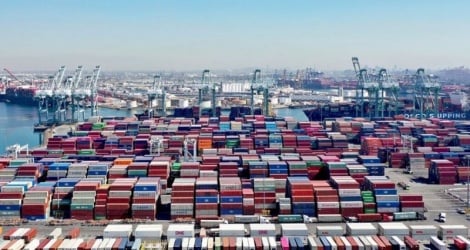



![[Photo] Welcoming ceremony for Chinese Defense Minister and delegation for friendship exchange](https://vstatic.vietnam.vn/vietnam/resource/IMAGE/2025/4/17/fadd533046594e5cacbb28de4c4d5655)











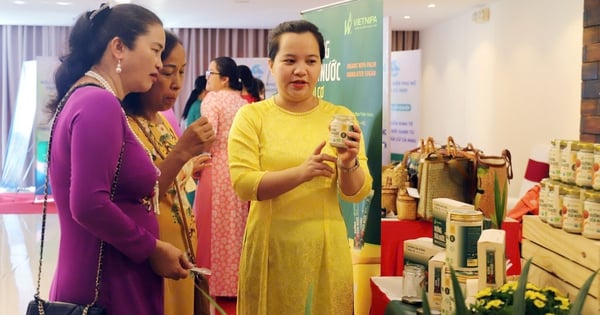














![[Video] Viettel officially puts into operation the largest submarine optical cable line in Vietnam](https://vstatic.vietnam.vn/vietnam/resource/IMAGE/2025/4/17/f19008c6010c4a538cc422cb791ca0a1)









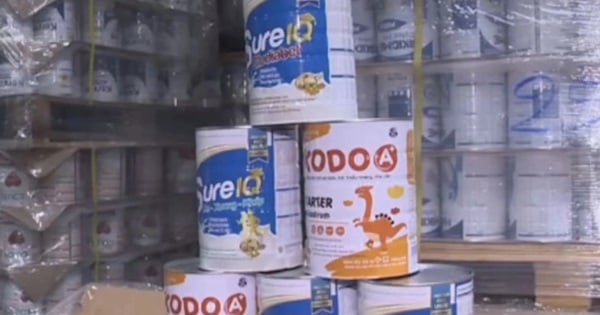







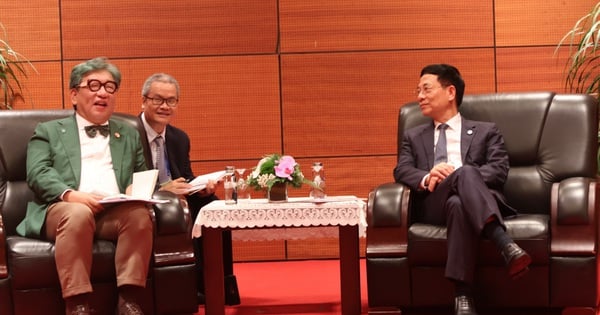
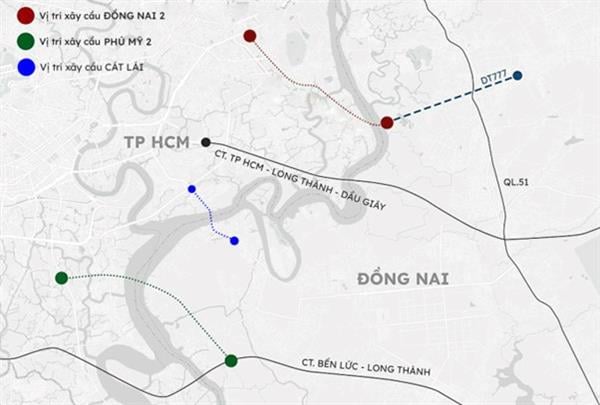







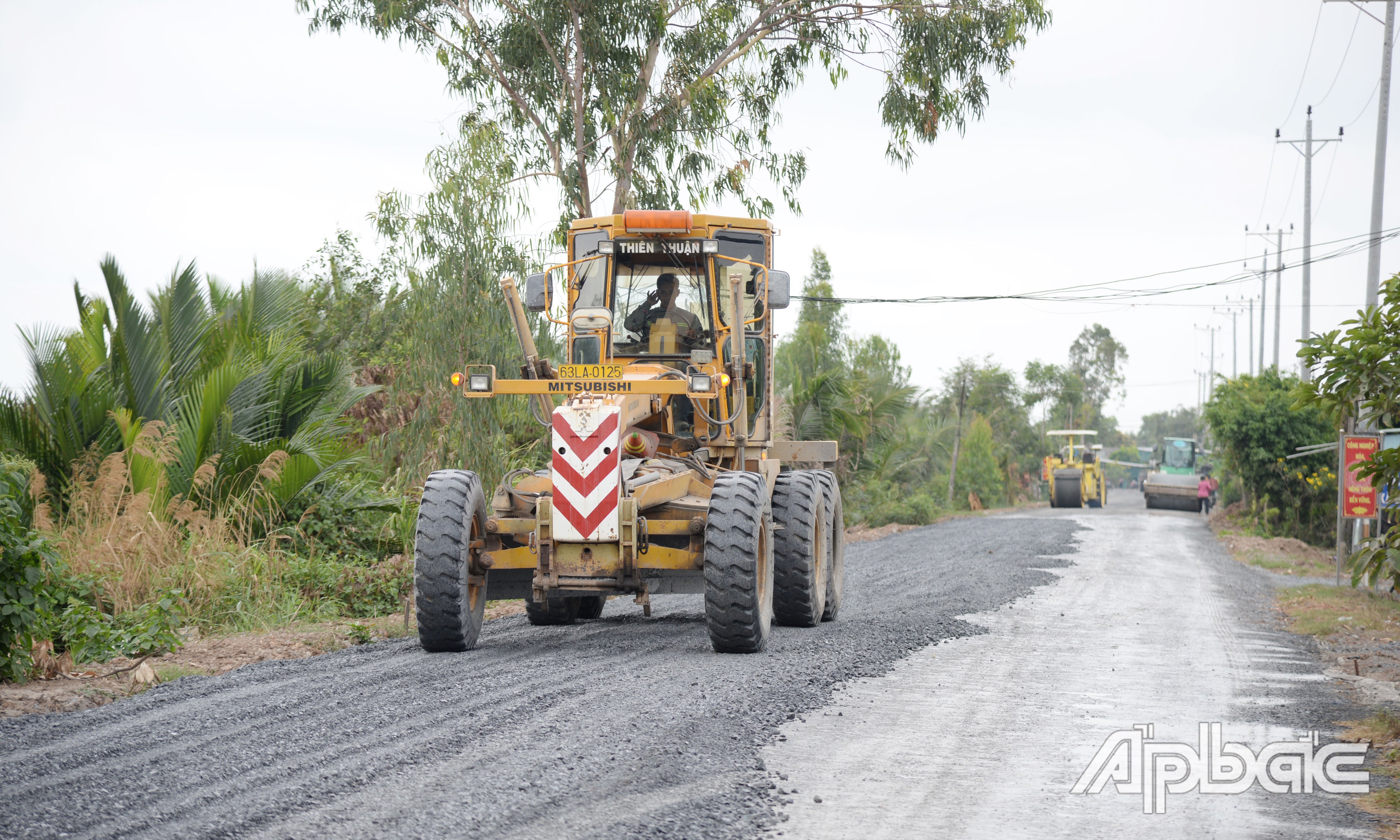
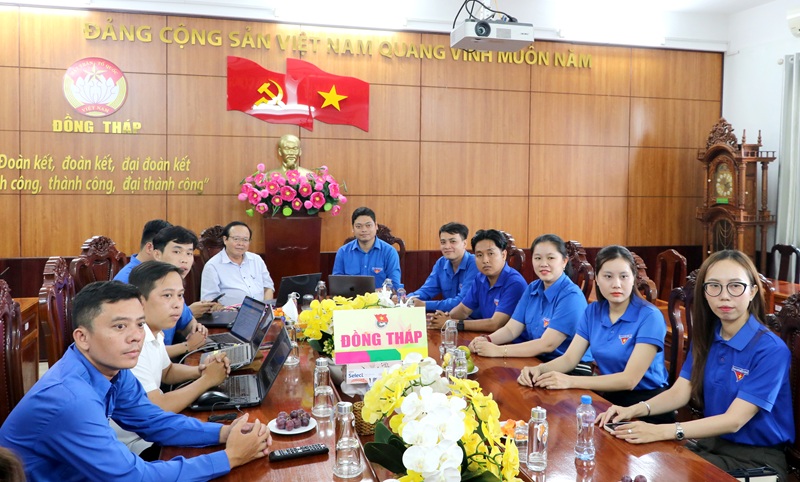




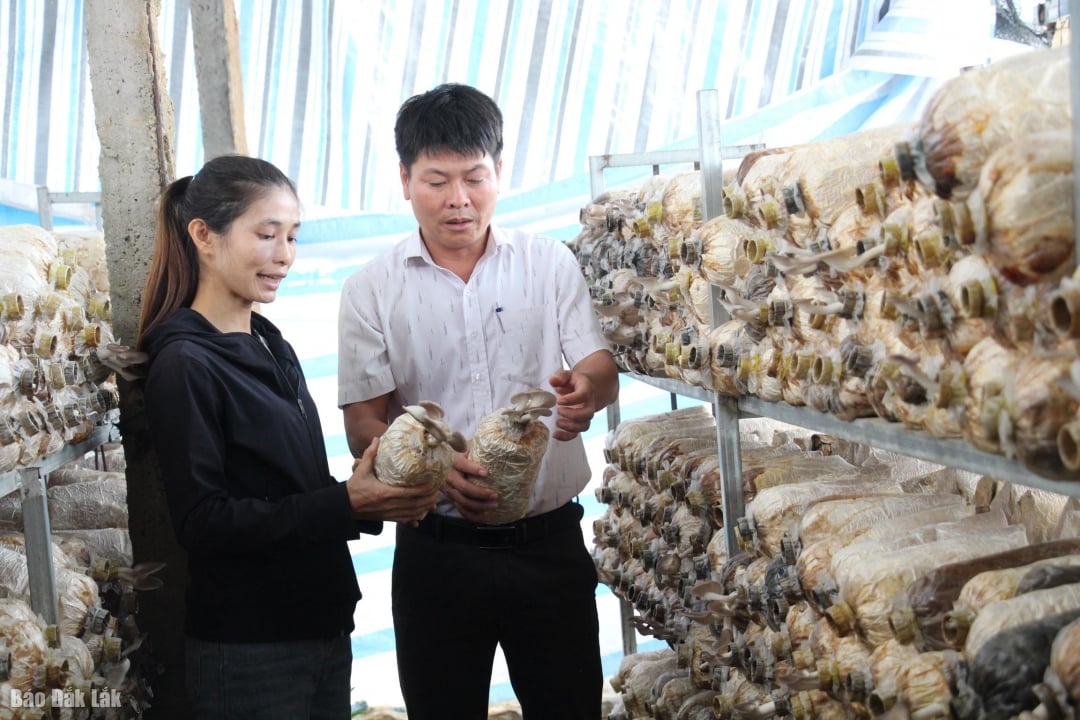

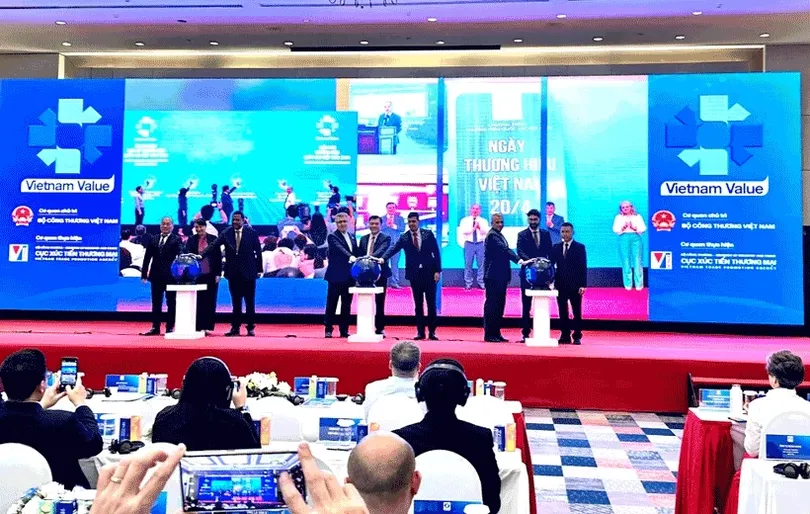




Comment (0)